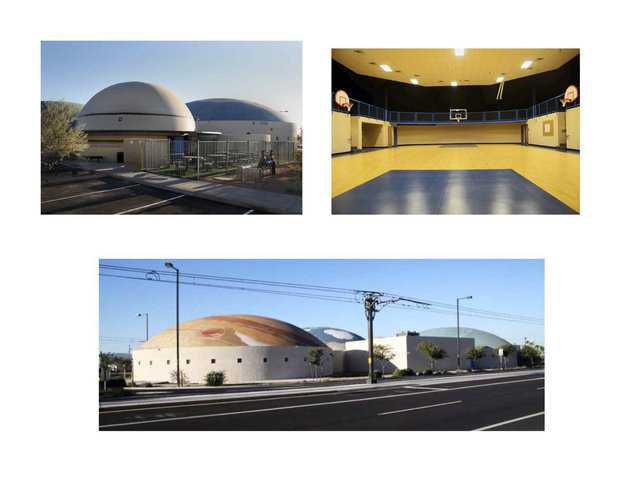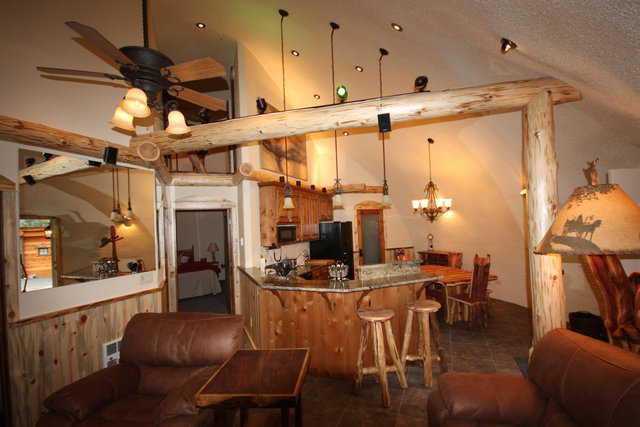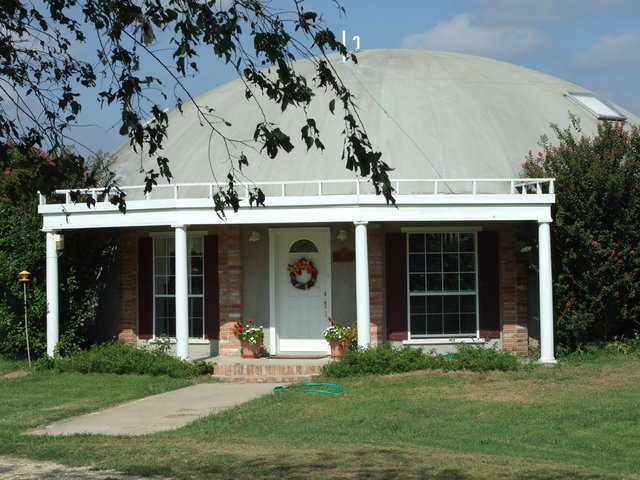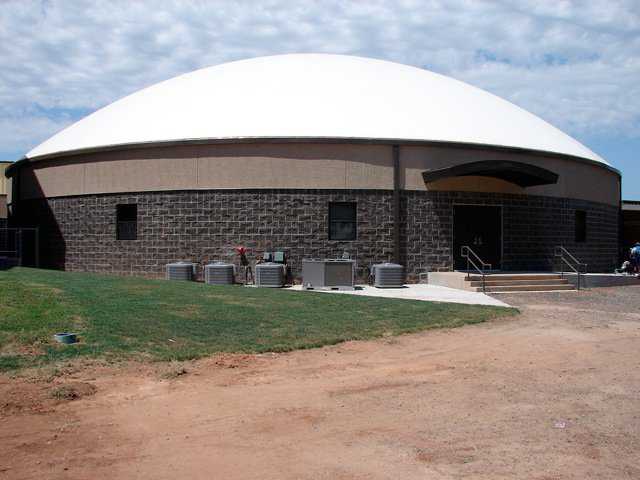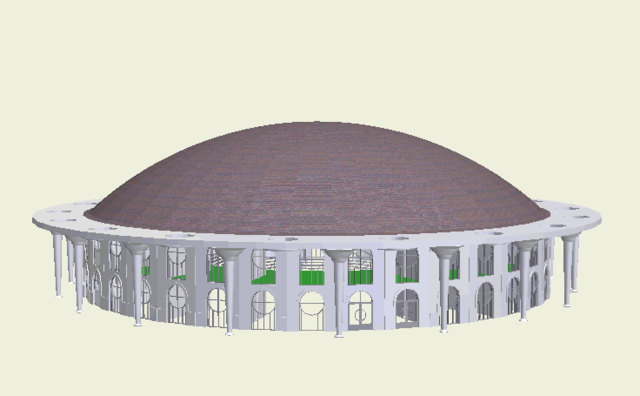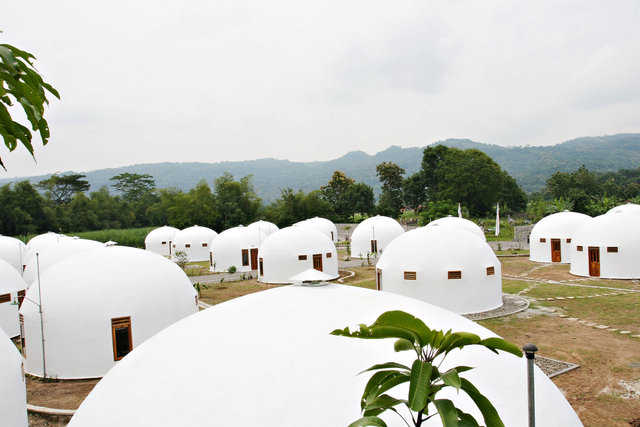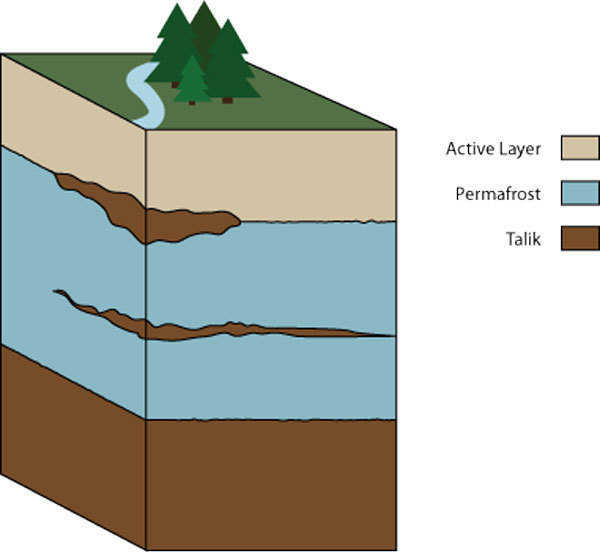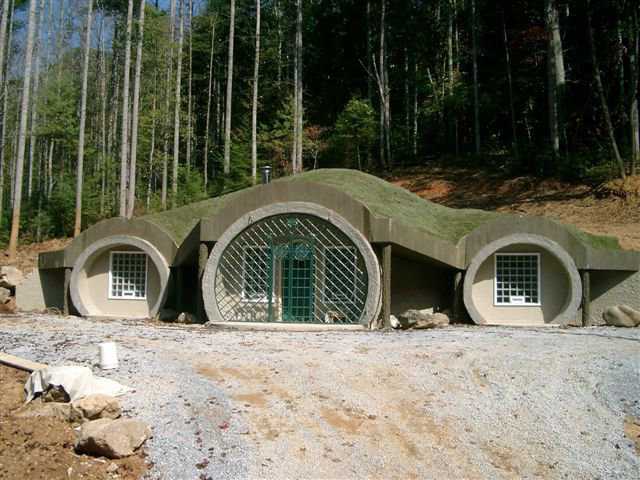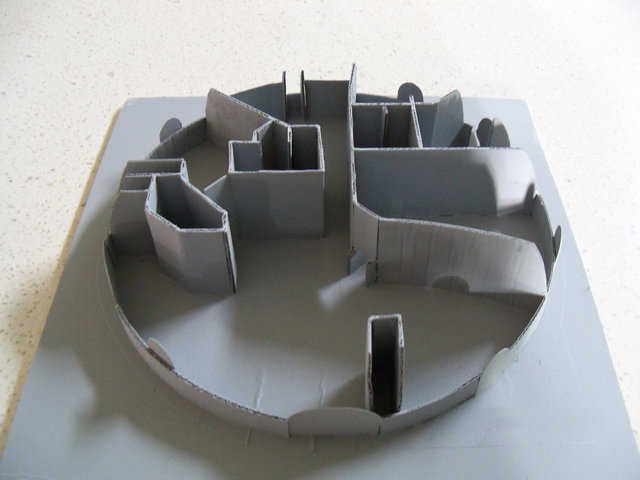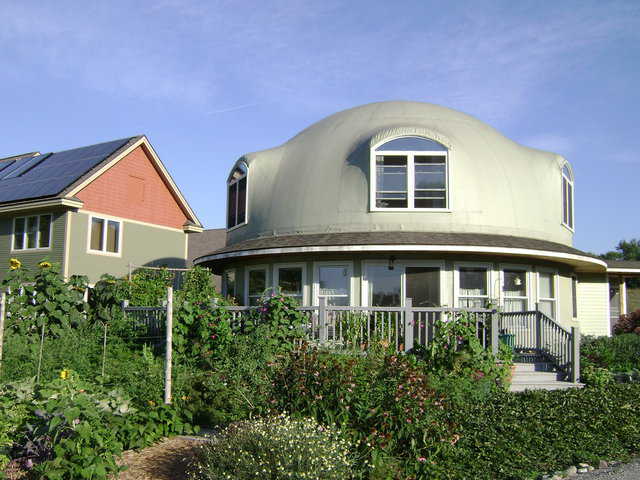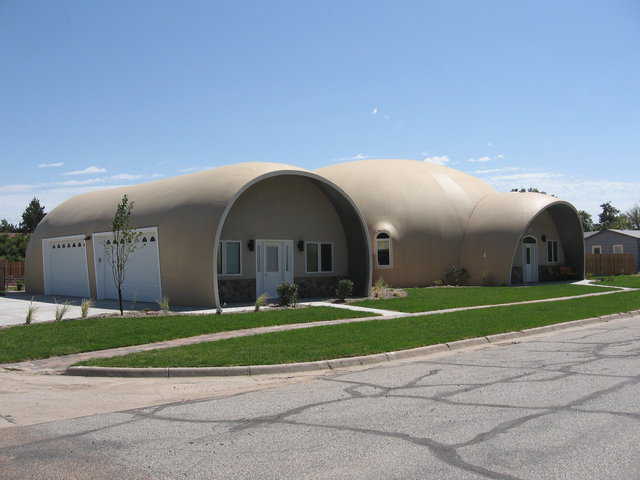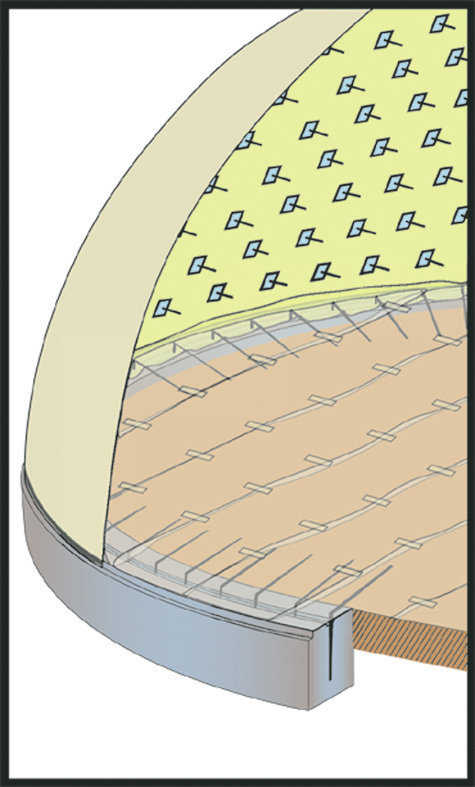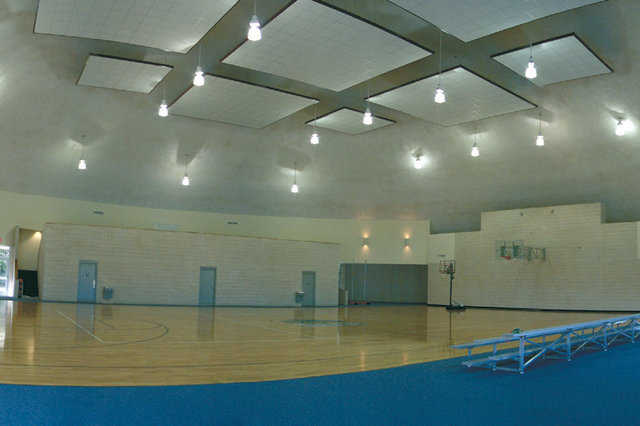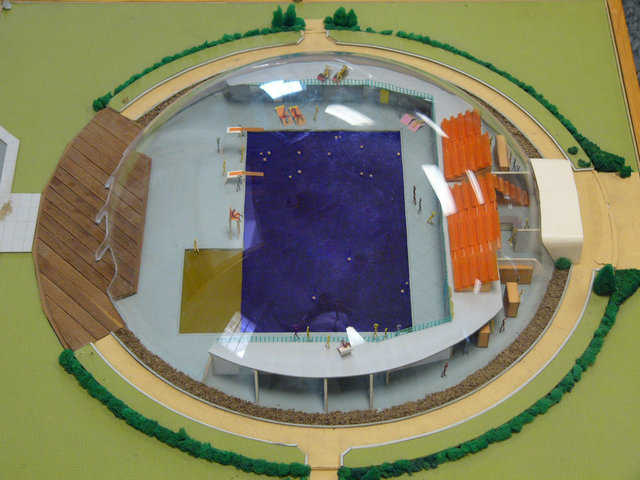How to Restructure, Improve, Enhance a Country: Build Better!
When you first begin really looking into current living conditions worldwide, what you hear and read appears overwhelmingly staggering – a situation impossible to correct or even improve. We do not believe that. For one, it’s too easy – too easy to just look at the bigness and give up. Secondly, we do believe we have solutions: 21st Century technology. We know it’s practical and we believe it’s doable.

